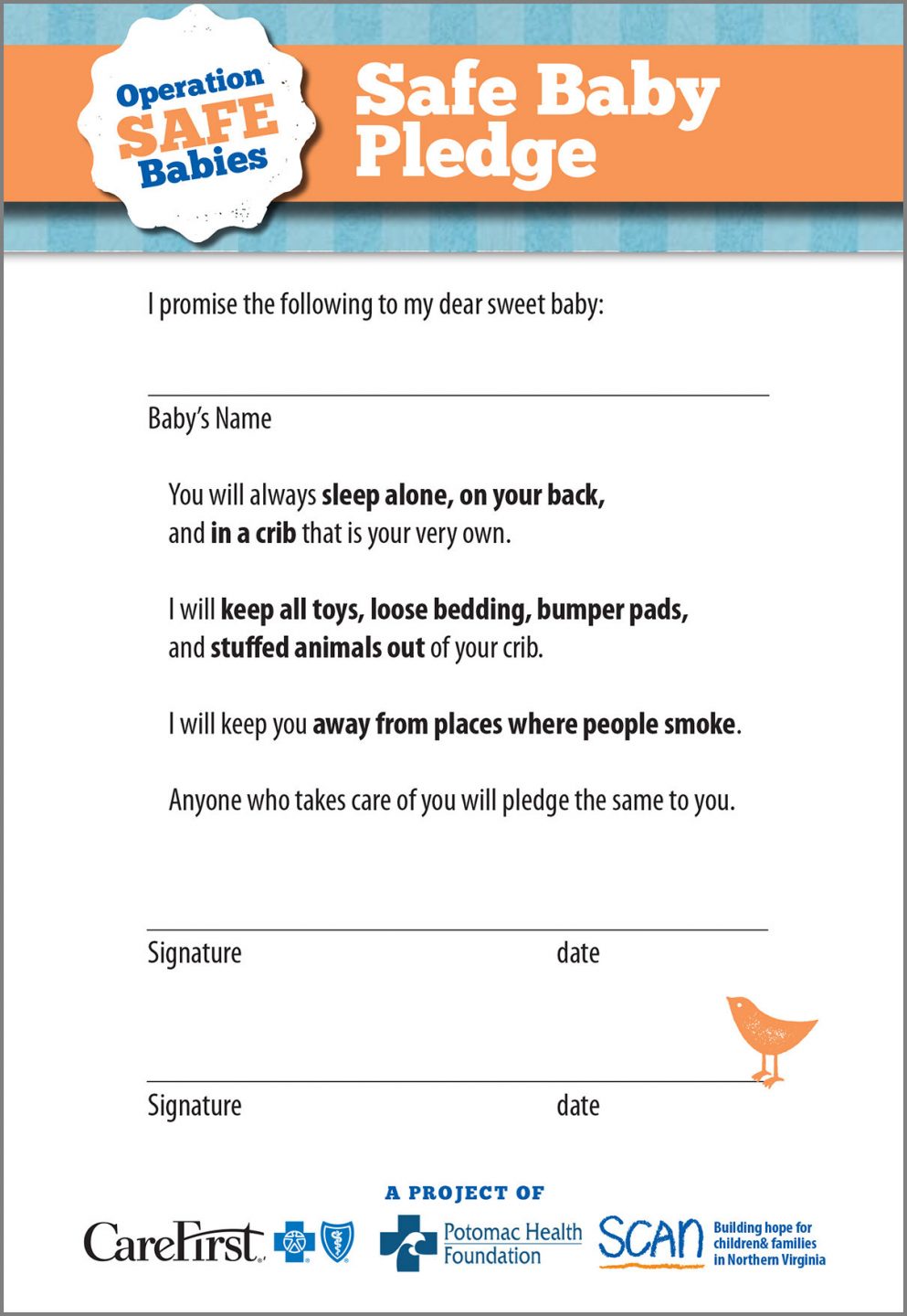June 3, 2016
 It has only been 20 years since the National Institute of Child Health and Human Development (NICHD) began recommending U.S. babies always be placed on their backs for sleeping to reduce the risk of SIDS (Sudden Infant Death Syndrome).
It has only been 20 years since the National Institute of Child Health and Human Development (NICHD) began recommending U.S. babies always be placed on their backs for sleeping to reduce the risk of SIDS (Sudden Infant Death Syndrome).
Many have caught on to the NICHD’s “Back to Sleep” campaign, but there is so much more to safe sleep than simply putting a baby on their back. We have to truly think about a safe sleep environment. As those who work closely with families, we must make sure every family member understands what a safe sleep environment is (and isn’t.) This conversation is a critical part of providing support to parents of newborns who want what is best for their babies, but might not know the best way to advocate for safe sleep environments or how to have intergenerational conversations about what is best for baby today.
What does a safe sleep environment look like?
- Baby is placed to sleep on their back
- Baby is placed on a firm sleep surface, in a safety-approved crib that is covered by a fitted sheet
- There are no toys, stuffed animals, bumpers, pillows or blankets in the sleep area
- Nothing is covering baby’s head
- A one-piece sleeper keeps baby warm, no blankets
- Baby is sleeping in their own crib next to where a parent sleeps
- Baby never sleeps on an adult bed, couch, chair, or other furniture
- There is no smoking in the home or around the baby
Having this knowledge is empowering for parents of newborns, especially if they know it comes from a trusted resource like you. It allows them to better articulate to all of those that care for their baby what a safe sleep environment looks like and that they will accept no less.
We’ve developed some great, downloadable resources for parents and service providers (like the Pledge Card above) through our Operation Safe Babies program. Please explore (and download) them here!
– Tracy Leonard, Public Education Manager
[email protected]
